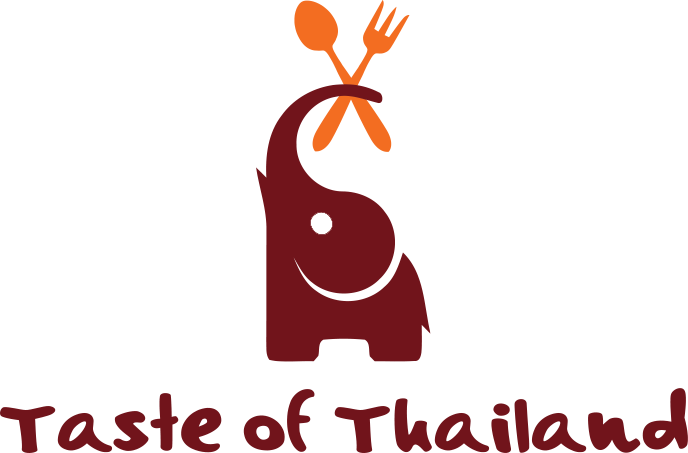Mango Sticky Rice
Although famous for its delicious savoury dishes, Thailand desserts are perhaps not so well thought of. However, the simple but delicious mango sticky rice is one of the most, if not the most popular Thai desserts and it is also one of our favourites!
Although mangos seem to be available in Thailand all year around, they are at their very best between April-June. The mango flesh should be bright, yellow and juicy. The most popular types of mango in Thailand are “nam dawk mai” and “Ok long” as they are known for being particularly sweet. Fun fact: mangos are the most popular fruit in the world and were first grown in India 5000 years ago. Legend reports that Buddhua used the cool shade of a mango tree to meditate.
Sticky rice is a type of rice grown mainly in Southeast and East Asia. It’s proper name is glutinous rice (despite not actually containing any gluten) but as it goes “sticky” after cooking, many people have instead adopted that. Historically it comes from Central Thailand and Isaan but now it is popular throughout the country.
Traditionally, sticky rice is made by being soaked in enough water to cover the rice, and then being left overnight before being steamed and sweetened with sugar and coconut milk (it has a similar taste to rice pudding although it is not quite as moist) and is then served to complement the sweet juice mango. The dish, best eaten warm, is often finished with a drizzle of sweet coconut cream/syrup and a sprinkling of roasted sesame seeds or mung beans.
Sometimes street food vendors will prepare the same dish but serve it with durian, and whilst this is still good, we prefer the traditional combination.
For those yet to sample this dish, the pairing of rice with mango may seem like an unusual combination, but you will just have to trust us on this one when we say the fresh mango with the sweet coconut is amazing and try it – we promise you won’t be disappointed! Although for those keeping an eye on waistlines it is perhaps not a dish to indulge in every day and it is sadly very high on the old calorie front, despite a cup of mango only being 100 calories.
Mango sticky rice can be found in many places around Bangkok – from street food stalls (there are two on Sukhumvit Soi 38 night food market – watch how quickly and effortlessly the vendors slice the mango with a huge sharp knife) to most traditional Thai restaurants and even as part of the high end fabulous Sunday brunches offered by some of Bangkok’s top hotels.
For those visiting Thailand on holiday who want to impress the vendor practice – khao niew ma muang (coconut sticky rice with mango).
Have you tried mango sticky rice? Be sure to let us know what you think and where you had your best khao niew ma muang! If you have never tried it before have we now persuaded you to test it? Let us know!
Recent Delicious Blogs
- How to Handle Food Allergies on Food Tours
- Durian: Exploring the King of Fruits
- Exploring the Health Benefits of Thai Vegan Cuisine
- Khao Man Gai Recipe – Thai Street Food Style
- Steamed Fish With Lime and Garlic Recipe
- A Real Thai Food Tour Experience in Bangkok
- All Hail The Bangkok Food Truck
- Ayutthaya’s Tasty Side
- Keep Calm & Travel!
- Taste of Thailand Guide Spotlight: Khun JaJaa
- No Plastic Bags: A New Year 2020 Promise To The World!
- Bangkok’s Old Town Charm
- 10 Pictures from 2019 on tour that made us smile!
- Thai Herbal Drinks: Roselle Juice
- Taste of Thailand Guide Spotlight: Khun Ohm
- Hidden Bangkok: The Saen Saeb Canal
- Video Diary: Temples & Tradition Along the Chao Phraya
- Why We Do What We Do
- Loy Krathong
- Taste of Thailand Guide Spotlight: Khun Sasa
More Info
Our Experiences
Work with us
© 2005-2023 by Taste of Thailand is part of B-Concept Media Entertainment Group
Food Tours Bangkok, Thailand | Privacy Policy & Terms | business events |talent booking | Thailand events
